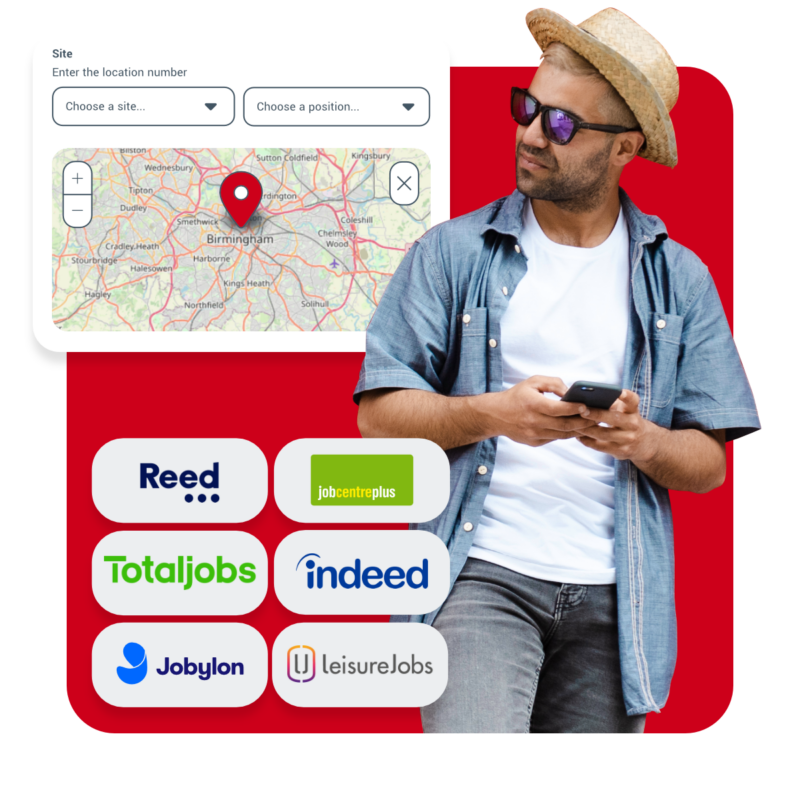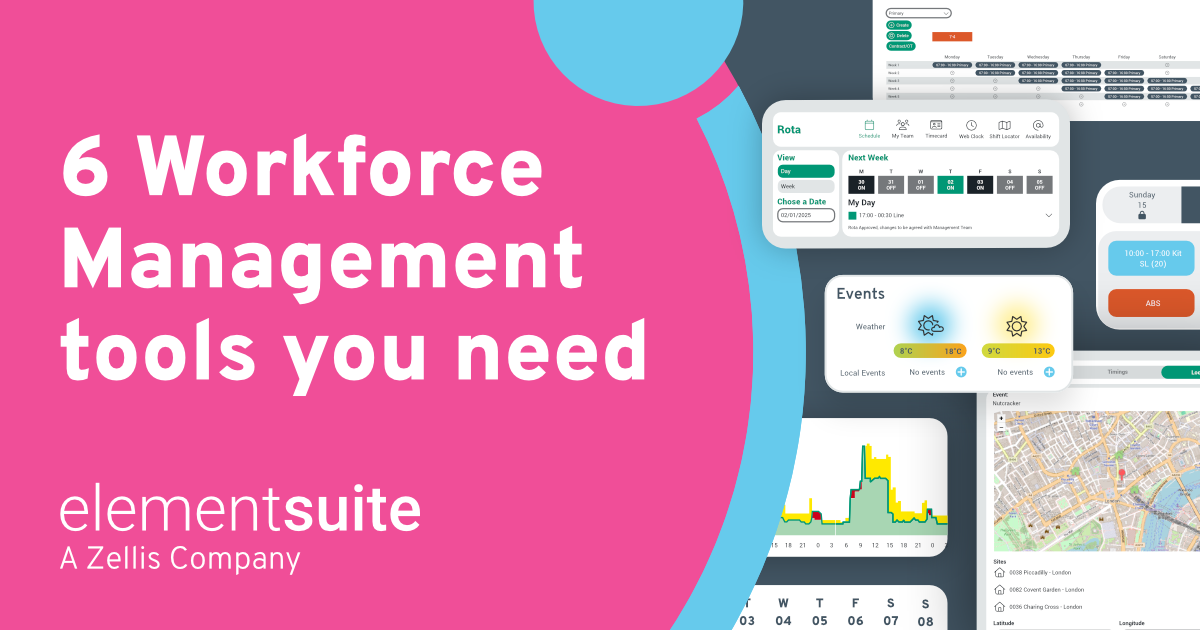Managing the workforce is at the heart of every organisation, and as an HR professional, you’re likely all too familiar with the significant impact that HR costs can have on the bottom line. From hiring and onboarding new employees to maintaining retention and providing training, there are numerous expenses tied to managing people effectively. However, it’s not just the direct costs of recruitment and training that can add up. Often, indirect costs like workplace conflict can have an even greater impact.
For instance, workplace conflict costs the UK economy a staggering £28.5 billion each year, with more than one in three workers experiencing conflict at work. Evidently, HR-related issues – if left unchecked – can affect financial performance, underscoring the importance of proactively managing these challenges.
As HR teams continue to juggle various responsibilities, the challenge lies in understanding and managing these costs effectively. Balancing cost control with employee satisfaction, growth, and compliance requires a strategic approach. That’s why tracking and optimising HR costs isn’t just a financial exercise, it’s key to improving overall business performance.
In this piece, we’ll break down the different types of HR costs, explain how they impact your organisation’s financial health, and explore effective strategies for reducing them – helping you maintain an efficient HR function that supports both your people and your bottom line.
Let’s dive in!
What are HR costs?
In any business, the workforce is both a critical asset and a significant source of expense. Managing HR costs effectively is essential for any HR professional, not only to ensure the smooth operation of the department but also to help the company stay financially competitive. HR costs refer to the expenses a business incurs when managing its employees, and they can be both direct and indirect.
Direct and indirect HR costs
Direct HR costs are the expenses tied directly to workforce management, like recruitment, training, salaries, and benefits. These costs are easier to track, and they directly impact the budget. On the other hand, indirect HR costs are less obvious but equally important to consider. For instance, productivity loss due to turnover or the time spent managing HR admin are indirect costs that can be hard to measure but still affect the bottom line.
For businesses with a large number of hourly employees, such as those in hospitality, retail, or manufacturing, HR costs can take on a unique shape. Direct HR costs like recruitment, training, and hourly wages are often more visible when employees are paid by the hour, but these sectors also face significant indirect costs. For example, high turnover rates can lead to frequent recruitment cycles, training new hires, and the cost of lost productivity as staff get up to speed. These costs can add up quickly and might not be immediately obvious. Additionally, administrative tasks, such as scheduling, payroll management, and compliance tracking, can be time-consuming and costly, particularly in industries where turnover is high and staffing levels fluctuate. Effectively managing both direct and indirect HR costs in these environments requires a keen focus on operational efficiency and tools that can automate routine tasks, streamline recruitment, and help improve retention.
To manage HR expenses effectively, it’s important to get familiar with the different types of costs involved. By breaking down these expenses, you can make smarter decisions, optimise your budget, and get a better return on your HR investments.
Importance of measuring HR costs
Making decisions without clear insight into costs can lead to budget overruns, inefficiencies, and missed opportunities. When it comes to HR, tracking costs is more than just a financial task – it’s about making better strategic decisions.
Take employee turnover, for example. You know that keeping your team happy and engaged is key to reducing costs. But what happens when you don’t track the full impact of turnover e.g. the time spent onboarding new hires, or the strain on your remaining staff? The result is often the same: you could be underestimating the true cost of turnover and missing opportunities to improve retention before it becomes an expensive problem.
With effective dashboard & reporting tools, you can gain clear visibility of your organisation’s metrics to support your strategic decision-making. By consistently tracking HR costs, you can pinpoint savings opportunities, make more informed budget decisions, and ultimately prove the ROI of your HR activities. When it comes to financial planning, the ability to measure HR costs helps you build more accurate forecasts, justify future HR investments, and improve overall budget optimisation.
5 HR costs that matter most
While there are plenty of expenses to keep an eye on, let’s take a closer look at some of the key expenses that significantly affect costs and how they can impact your budget priorities.
1. Recruitment costs
For organisations with a large hourly workforce, recruitment can be one of the biggest expenses. Whether it’s posting ads or spending time screening candidates, the costs of finding and hiring new hourly workers can add up quickly. In industries with hourly workers, where turnover tends to be higher with seasonal changes and flexible scheduling requirements, these recruitment costs can become a recurring challenge, making it even more important to track and optimise your hiring process. But how do you know if your recruitment budget is being spent wisely?
Recruitment expenses can include:
- Advertising and job boards: Posting roles on platforms like LinkedIn, Indeed, or niche job boards.
- Internal HR costs: The time your HR team spends reviewing resumes, conducting interviews, and managing the hiring process.
- Onboarding costs: Training, orientation materials, and any other resources you provide to new hires.
Optimising your recruitment process can go a long way in cutting costs. elementsuite’s recruitment module not only makes it easy to track and optimise hiring costs, but automates the repetitive tasks, saving you time (and money).

2. Employee retention costs
Employee retention is a key cost to monitor, and research shows that companies with strong pay and reward programs see 1.4 times higher employee productivity. By investing in these programs, businesses not only boost productivity but also reduce turnover, with well-recognised employees 45% less likely to leave their organisation after two years.
Reducing employee turnover is crucial, since turnover is a major cost that many companies underestimate. When employees leave, it’s not just about the cost of replacing them – it’s also about the lost productivity and disruption to team dynamics.
The direct costs of turnover include:
- Recruitment and onboarding of a new hire.
- Training costs to bring the new employee up to speed.
- Lost productivity: A new hire may take months to reach the productivity level of the employee they’re replacing.
- Disruption to team dynamics
Employee engagement tools can make a big difference. If employees feel in the loop with updates and communications through News & Social feeds, for instance, it can make it easier to build relationships with other colleagues.
3. Training and development costs
Training is another critical area where HR costs can quickly spiral out of control. While employee development is essential for building skills and improving performance, it’s important to ensure you’re getting a good return on your investment.
Training costs can include:
- Formal training programs: External courses, certifications, or seminars.
- Internal learning resources: Online learning platforms, workshops, or in-house trainers.
- Ongoing development: Providing employees with the resources to continue their learning.
But how do you know if your training budget is paying off? Tracking training ROI is essential, and you’ll see results when employees upskill and advance to management or leadership roles as a direct outcome of your investment. By climbing up the career ladder, employees can expand their skillset and help retain valuable knowledge within the business, highlighting the role of training and development in driving both individual and company-wide growth.
elementsuite’s learning and development tools allow you to manage your team training all in one simple place. Plus, you can track employee performance under the same roof, helping you save money on external systems and save time on pulling together data from disparate systems.
4. Administrative costs
HR operations often involve a lot of administrative work – things like maintaining employee records, managing benefits, and staying compliant with regulations. These tasks may not always seem like they’re driving up costs, but the overhead can be significant, especially if you’re not using the right tools.
Enhancing administrative efficiency can lead to significant savings. By leveraging an all-in-one HR platform, you can automate tedious HR processes, reducing time spent on administrative tasks and allowing your team to focus on more valuable work. And with AI tools like ELLA, employees have a 24/7 HR assistant to find answers on everything from company policies to shift management – preventing HR’s inboxes from filling up with the same old questions they’ve answered time and again.

5. Employee benefits costs
Employee benefits, such as health insurance, pensions, bonuses, and other perks, are a significant part of any compensation package. While offering competitive benefits is crucial for attracting and retaining top talent, managing these costs is equally important to prevent your budget from spiralling out of control.
Managing benefits packages effectively is key to maintaining a balance between attracting talent and controlling costs. Regularly reviewing your benefits offerings and looking for areas of improvement or cost savings can help you maintain a competitive edge while managing your budget.
4 strategies to reduce HR costs
Now that you understand the key HR costs that affect your business, it’s time to focus on how to reduce them. Here are 4 strategies that HR professionals like you can use to optimise spending and improve cost-efficiency across the organisation.
1. Prioritise quality hires
You’ve heard the saying, “hire slow, fire fast,” but the real key is to hire well in the first place. Investing in the right tools for sourcing, screening, and interviewing the right candidates can reduce turnover and improve long-term productivity, saving you money across the process.
2. Minimise employee turnover and demotivation
Reducing turnover is one of the most effective ways to cut HR costs. In fact, the average annual turnover rate hovers around 21% in the UK, with certain sectors, such as the restaurant and food services industry, experiencing much higher turnover rates. On the other hand, industries like IT and finance tend to enjoy more stability in employee retention.
So, what’s the key to retention? It’s not just about offering higher salaries – it’s about creating a workplace where employees feel engaged, valued, and motivated. By fostering a positive and inclusive work culture, offering opportunities for growth, and implementing effective feedback mechanisms, organisations can not only reduce turnover but also improve overall employee morale.
When employees feel a sense of belonging and see a clear path for career advancement, they’re more likely to stay long-term, minimising turnover costs and promoting a stronger, more productive workforce.
3. Leverage technology and automation
HR technology is no longer just a luxury – it’s a necessity for streamlining processes, improving efficiency, and cutting costs. By integrating multiple HR functions, such as recruitment, workforce management, payroll, and employee performance, you can significantly reduce administrative overhead, improve accuracy, and save time.
Investing in a comprehensive and consolidated AI-enabled HR, WFM and Payroll software, like elementsuite’s platform, enables you to automate and centralise critical tasks, creating a seamless workflow from hiring to payroll processing. For example, by combining your HR system with recruitment and WFM tools, you can instantly align staffing needs with available talent, reduce time-to-hire, and better forecast labour costs. This consolidation of systems eliminates the inefficiencies of managing multiple platforms, lowering operational expenses, and minimising the risk of costly errors that often come with manual data entry or disconnected systems.
Moreover, automation allows HR teams to focus on more strategic functions, rather than getting bogged down with repetitive administrative tasks. This not only boosts efficiency but also contributes to a healthier bottom line by reducing overhead and making HR processes more agile.
Ultimately, combining and automating systems creates a streamlined, cost-effective HR ecosystem that drives savings across the board while improving overall performance and productivity.
4. Implement flexible workforce structures
Flexible staffing models offer a powerful solution for managing both costs and productivity, especially when employees need to balance work with personal commitments like childcare. By adjusting staffing levels to align with the fluctuating demands of the business, you can reduce overhead from under- and over-staffing while ensuring that team members have the flexibility they need to attend to personal responsibilities. This approach can also help in covering unallocated shifts or unexpected absences, allowing employees to work when it suits them, without sacrificing productivity.
elementsuite’s staff scheduling module makes it easy to maintain flexible scheduling while ensuring compliance. With our software, employees will always be allocated shifts to meet their contracted hours, but they can also pick up additional shifts if they choose, provided that they stay within working time regulations, which prevent overworking and help maintain a healthy work-life balance. The ability to quickly adjust staffing based on availability, such as allowing employees to pick up shifts or fill in when needed, creates a more adaptable and supportive work environment that benefits both the business and its people.
Conclusion
Managing HR costs doesn’t have to be a complex or overwhelming task. With the right tools and strategies in place, you can optimise your HR expenses, improve overall efficiency, and ultimately contribute to your company’s financial success. By focusing on the key HR cost categories and leveraging technology, HR can make a huge impact on the bottom line.




